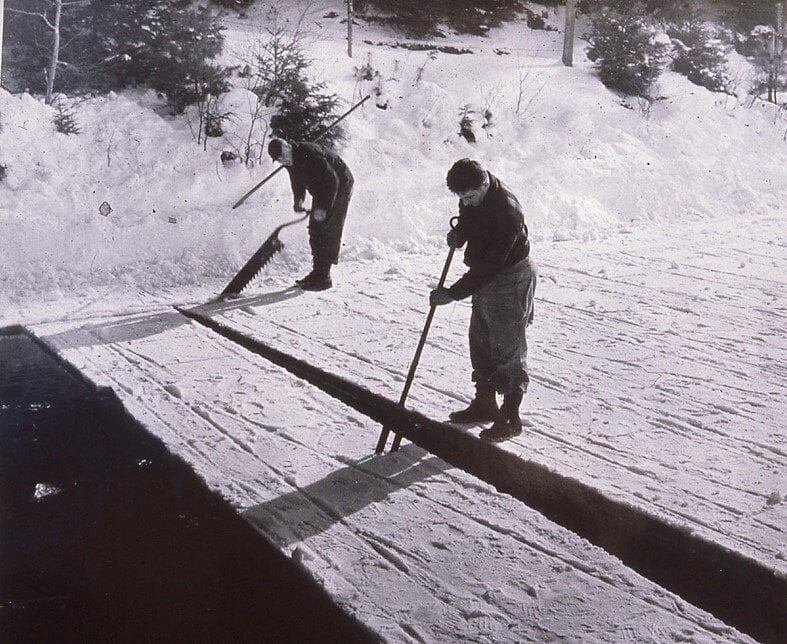Building enclosure field testing is critical to construction project success. These tests verify that control layers perform as designed before they're concealed or made inaccessible. However, our experience shows that project teams are frequently blindsided by testing requirements, ownership questions, and specification details—creating costly surprises and schedule disruptions.
Why Pre-Construction Clarity is Essential
 The optimal time to gain complete understanding of field-testing requirements is pre-construction. Early clarity ensures:
The optimal time to gain complete understanding of field-testing requirements is pre-construction. Early clarity ensures:
- All stakeholders understand requirements upfront
- Testing responsibilities can be accurately incorporated into bids
- Testing activities are properly integrated into project schedules
- Budget implications are addressed before they become problems
Let's break down the essentials of identifying testing requirements and what to look for.
Where to Find Test Requirements
Testing specifications are often scattered across multiple documents. Check these key locations:
Building Energy Codes
Recent code iterations have introduced minimum testing requirements for most projects:
- 2024 Vermont CBES (C402.4.1.1-Blower Door & C402.4.2-Unit Compartmentalization)
- 2021 IECC (C402.5.2-Unit Compartmentalization & C402.5.3-Blower Door)
- Determine your applicable code version early in the design phase to understand baseline requirements.
Commissioning Documentation
If your project includes building enclosure commissioning (BECx):
- Review the BECx plan and specifications (typically 019119)
- Look for testing requirements that may only appear in these documents
- Note any references to testing within the BECx provider's scope
Division 01 Specifications
This division typically houses:
- Building enclosure commissioning specifications (019119)
- Mock-up requirements (014339)
- Air tightness/air sealing specifications with testing requirements
Field Quality Control Sections
Check the "Field Quality Control" sections in Part 3 of:
- Division 03 (Concrete)
- Division 06 (Wood, Plastics, Composites)
- Division 07 (Thermal and Moisture Protection)
- Division 08 (Openings)
These sections typically specify system-specific enclosure field tests like window water penetration testing or joint sealant adhesion testing.
Owner-Engaged Testing
 When specifications state "Owner will engage..." for testing services, understand that the CM/GC may still have significant responsibilities, including:
When specifications state "Owner will engage..." for testing services, understand that the CM/GC may still have significant responsibilities, including:
- Incorporating testing into the project schedule
- Providing access equipment (lifts, operators)
- Supplying water and distribution systems
- Constructing temporary partitions or testing chambers
- Creating heated testing enclosures when needed
- Masking HVAC systems (e.g., for blower door testing)
- Providing staff to witness testing and implement immediate corrections
- Completing required documentation
- Participating in coordination meetings
Best Practice: The owner should engage testing providers as soon as requirements are defined—ideally before project bidding. The CM/GC should request the testing agent's scope of work to identify what support they'll need to provide. Any deviations from project specifications should be formally documented and accepted.
While testing providers may not share base contract fees, CM/GCs should request budget estimates for potential retesting, as these costs typically fall to them if tests fail.
Contractor-Engaged Testing
 When testing isn't explicitly assigned to the owner, it's typically the CM/GC's responsibility. Verify that bid documents provide complete information for each test type:
When testing isn't explicitly assigned to the owner, it's typically the CM/GC's responsibility. Verify that bid documents provide complete information for each test type:
- Component to be tested and applicable test standard
- Quantity of details/units requiring testing (often omitted)
- Size of each test area (frequently undefined or impractical)
- Timing of tests within the construction sequence
- Pass/fail thresholds
- Protocol and cost responsibility for any necessary retesting
If any of this information is missing, request clarification immediately. The support responsibilities listed under owner-engaged testing often apply here as well.
Leverage Your Building Enclosure Commissioning Provider
.jpg?width=249&height=332&name=IMG_4865%20(1).jpg) If your project includes comprehensive building enclosure commissioning (required for all Vermont projects under 2024 CBES), your BECx provider should help clarify testing requirements during the design phase. They can also identify irrelevant tests that may have been included from specification templates.
If your project includes comprehensive building enclosure commissioning (required for all Vermont projects under 2024 CBES), your BECx provider should help clarify testing requirements during the design phase. They can also identify irrelevant tests that may have been included from specification templates.
We're happy to review your project and help fill knowledge gaps. As testing practitioners, we understand the realistic level of effort required for most field tests and can help establish appropriate cost expectations while ensuring comparable testing bids.
Getting field testing right from the beginning saves time, money, and frustration for everyone involved.


